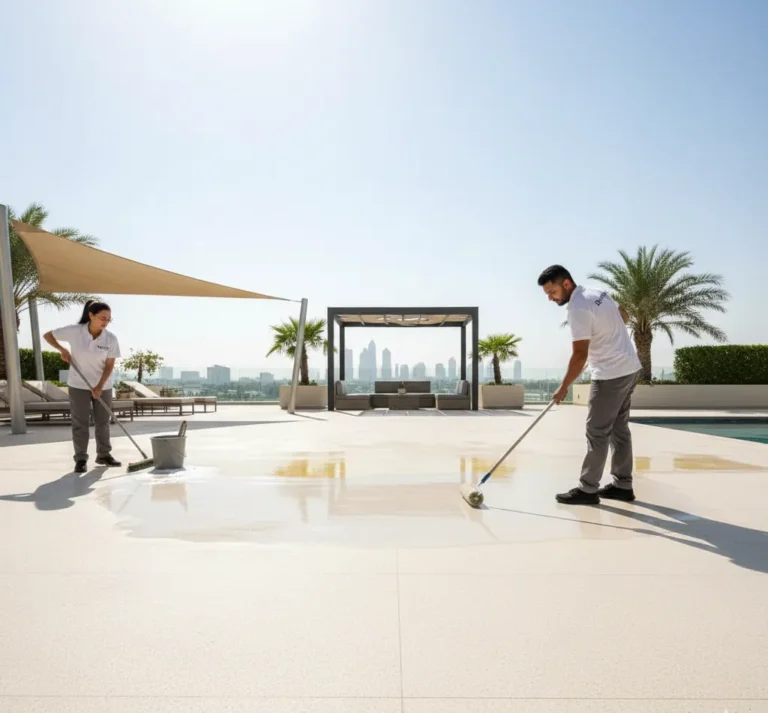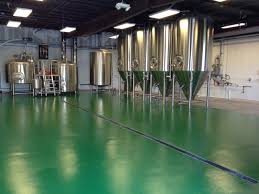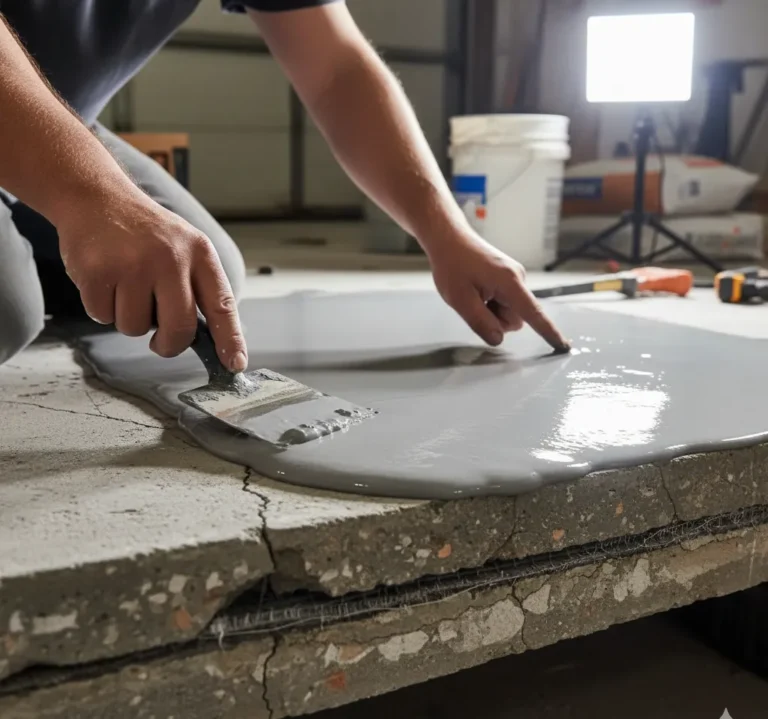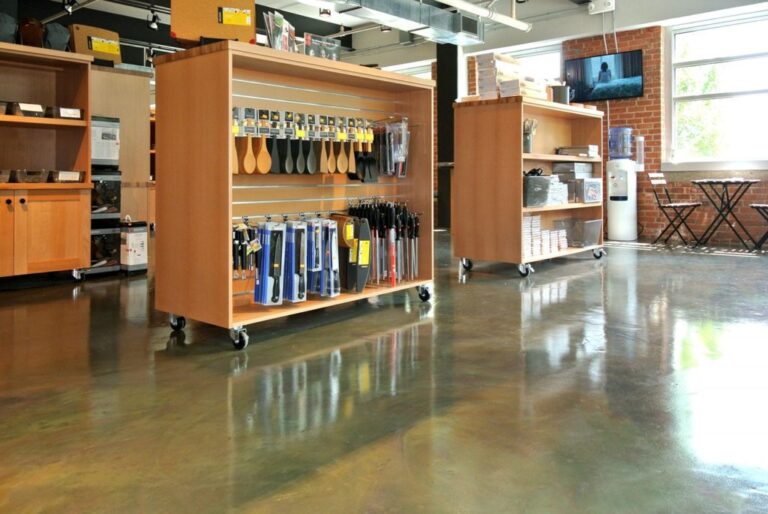Concrete Surface Preparation using Diamond Grinding Machine
Concrete surface preparation is a crucial step in many construction and renovation projects. Among the various methods available, diamond grinding has emerged as a highly effective technique for achieving smooth, level, and clean concrete surfaces. This article will explore the process of concrete surface preparation using diamond grinding machines, their benefits, applications, and best practices.
What is diamond grinding?
Diamond grinding is a mechanical process that uses abrasive diamond-tipped tools to remove a thin layer of concrete surface. This method is highly effective for leveling uneven surfaces, removing coatings, and preparing concrete for various applications.
The process involves using specialized equipment fitted with diamond-impregnated grinding wheels or discs. As these tools rotate at high speeds, they grind away the top layer of concrete, creating a smooth and uniform surface.
Benefits of diamond grinding for concrete surfaces
Diamond grinding offers numerous advantages for concrete surface preparation:
- Precise surface leveling
- Efficient removal of coatings and contaminants
- Minimal dust production compared to other methods
- Ability to work close to walls and edges
- Improved surface profile for better coating adhesion
- Environmentally friendly process with minimal waste
- Increased durability of the concrete surface
- Enhanced aesthetic appeal
- Reduced trip hazards on uneven floors
- Improved traction for safer walking surfaces
Diamond Grinders vs. Shot Blasters: Choosing the Right Method
When it comes to concrete surface preparation, two popular methods often come into consideration: diamond grinding and shot blasting. Each method has its own set of advantages and disadvantages, making it essential to understand their differences to choose the right approach for your project.
Pros and cons of diamond grinding
Pros: diamond grinding
- Produces a smooth, even surface
- Effective for removing thin coatings and adhesives
- Minimal dust production
- Can work close to walls and edges
- Suitable for both small and large areas
Cons: diamond grinding
- May not be as effective for thick coatings or heavily contaminated surfaces
- Initial equipment cost can be high
- Requires skilled operators for optimal results
Pros and cons of shot blasting
Pros: shot blasting
- Highly effective for removing thick coatings and contaminants
- Creates a textured surface profile for better coating adhesion
- Fast and efficient for large areas
- Can remove deep surface contamination
Cons: shot blasting
- Produces more dust than diamond grinding
- May leave a rough surface that requires additional smoothing
- Not suitable for working close to walls or edges
- Can be challenging to achieve a consistent profile on uneven surfaces
Factors to consider when selecting a method
When choosing between diamond grinding and shot blasting, consider the following factors:
- Surface condition and contamination level
- Desired surface profile and smoothness
- Project size and timeline
- Proximity to walls and obstacles
- Environmental concerns and dust control requirements
- Budget and equipment availability
|
Factor |
Diamond Grinding |
Shot Blasting |
|
Surface Smoothness |
High |
Moderate to Low |
|
Coating Removal |
Thin to Moderate |
Thick |
|
Dust Production |
Low |
High |
|
Edge Work |
Excellent |
Poor |
|
Large Area Efficiency |
Moderate |
High |
|
Initial Equipment Cost |
High |
Moderate |
Types of Diamond Grinding Machines 
Diamond grinding machines come in various sizes and configurations to suit different project requirements. Understanding the types of machines available can help you choose the right equipment for your specific needs.
Hand-held grinders
Hand-held grinders are compact and versatile tools ideal for small areas, edge work, and detail grinding. These machines are easy to maneuver and can access tight spaces that larger equipment cannot reach.
Key features of hand-held grinders:
- Lightweight and portable
- Suitable for vertical and overhead surfaces
- Ideal for spot repairs and small-scale projects
- Available in various sizes and power ratings
Walk-behind grinders
Walk-behind grinders are larger machines designed for medium to large-scale projects. These machines offer increased productivity and are suitable for preparing extensive floor areas.
Advantages of walk-behind grinders:
- Higher grinding capacity than hand-held models
- Adjustable grinding pressure for consistent results
- Available with various power sources (electric, propane, or gasoline)
- Can be equipped with multiple grinding heads for increased efficiency
Ride-on grinders
Ride-on grinders are the largest and most powerful diamond grinding machines available. These machines are designed for large-scale industrial and commercial projects, offering maximum productivity and efficiency.
Benefits of ride-on grinders:
- Highest grinding capacity and speed
- Reduced operator fatigue for extended use
- Ideal for preparing vast floor areas in warehouses, factories, and airports
- Often equipped with advanced features like automatic steering and dust collection systems
• Hand-held grinders: 4-7 inches in diameter • Walk-behind grinders: 10-32 inches in width • Ride-on grinders: Up to 48 inches in width or more
Diamond Cup Wheels and Grinding Heads
The effectiveness of a diamond grinding machine largely depends on the quality and type of diamond cup wheels and grinding heads used. Selecting the right tools for your specific project is crucial for achieving optimal results.
Different types of diamond cup wheels
Diamond cup wheels come in various configurations and grit sizes to suit different concrete surfaces and preparation requirements:
- Segmented cup wheels: Feature separate diamond segments for aggressive grinding and heat dissipation
- Turbo cup wheels: Offer a continuous rim for smoother grinding and finer finishes
- Single row cup wheels: Ideal for aggressive material removal and rough grinding
- Double row cup wheels: Provide a balance between material removal and surface finish
Selecting the right grinding head for your project
Choosing the appropriate grinding head depends on several factors:
- Concrete hardness and aggregate type
- Desired surface profile and finish
- Presence of coatings or contaminants
- Project timeline and budget constraints
Duraamen, a leading manufacturer of concrete surface preparation equipment, offers a wide range of diamond cup wheels and grinding heads suitable for various applications. Their expert team can provide guidance on selecting the right tools for your specific project requirements.
• Soft bond: For hard concrete and exposed aggregate • Medium bond: For general-purpose grinding on most concrete surfaces • Hard bond: For soft concrete and green (fresh) concrete • PCD (Polycrystalline Diamond) segments: For removal of thick coatings and adhesives
The Diamond Grinding Process 
Proper execution of the diamond grinding process is essential for achieving the desired results in concrete surface preparation. Following a systematic approach ensures efficiency, consistency, and quality in the final outcome.
Surface assessment and preparation
Before beginning the grinding process, it’s crucial to assess the concrete surface and prepare the area:
- Inspect the surface for cracks, spalls, or other defects that may require repair
- Remove any loose debris, dirt, or contaminants from the surface
- Identify and mark any obstacles or fixtures that need protection
- Ensure proper lighting and ventilation in the work area
Grinding techniques and patterns
Effective grinding techniques and patterns are essential for achieving a uniform surface:
- Start with coarse-grit diamond tools and progressively move to finer grits
- Maintain consistent pressure and speed throughout the grinding process
- Overlap grinding passes by 30-50% to ensure complete coverage
- Follow a systematic pattern, such as north-south followed by east-west passes
- Pay special attention to edges, corners, and areas around obstacles
Dust control and cleanup
Proper dust control is crucial for maintaining a safe work environment and achieving high-quality results:
- Use a high-quality dust collection system connected to the grinding machine
- Regularly empty and maintain the dust collection equipment
- Consider using wet grinding techniques for improved dust suppression
- Clean the surface thoroughly between grinding stages to remove loose particles
• Wear appropriate personal protective equipment (PPE) • Seal off adjacent areas to prevent dust migration • Use HEPA-filtered vacuums for final cleanup • Dispose of collected dust according to local regulations
Applications of Concrete Surface Preparation using Diamond Grinding Machine
Diamond grinding machines are versatile tools that can be used for various concrete surface preparation applications. Understanding these applications can help you determine if diamond grinding is the right choice for your project.
Floor leveling and smoothing
Diamond grinding is highly effective for leveling and smoothing concrete floors:
- Removes high spots and surface irregularities
- Creates a flat, even surface for flooring installations
- Improves the appearance of worn or damaged concrete floors
- Prepares surfaces for self-leveling compounds or overlays
Coating removal
Diamond grinding machines excel at removing various types of coatings from concrete surfaces:
- Efficiently removes thin to moderate thickness coatings
- Suitable for stripping epoxy, paint, and other surface treatments
- Prepares the surface for new coating applications
- Leaves a clean, profiled surface for better coating adhesion
Polishing and decorative finishes
Diamond grinding is an essential step in achieving polished concrete and other decorative finishes:
- Removes the top layer of concrete to expose aggregate (if desired)
- Creates a smooth surface for subsequent polishing steps
- Prepares the surface for application of dyes, stains, or other decorative treatments
- Achieves various levels of gloss and shine through progressive grinding and polishing
• Warehouse and industrial floor preparation • Retail store floor renovation • Parking garage surface restoration • Residential concrete floor refinishing
Maintenance and Care of Diamond Grinding Equipment
Proper maintenance and care of diamond grinding equipment are essential for ensuring optimal performance, longevity, and safety. Regular upkeep not only extends the life of your equipment but also helps maintain consistent results in your concrete surface preparation projects.
Key maintenance tasks include:
- Clean the machine thoroughly after each use, removing all dust and debris
- Inspect and replace worn diamond cup wheels or grinding heads
- Check and tighten all bolts, screws, and fasteners regularly
- Lubricate moving parts according to the manufacturer’s recommendations
- Inspect electrical cords and connections for damage or wear
- Clean or replace air filters in dust collection systems
- Store equipment in a clean, dry environment when not in use
Duraamen recommends following the manufacturer’s maintenance schedule and using only approved replacement parts to ensure the longevity and performance of your diamond grinding equipment.
• Keep a maintenance log to track service intervals and repairs • Train operators on proper equipment care and handling • Perform regular safety checks before each use • Stock essential spare parts to minimize downtime Gelled acid preparation involves mixing acid with special chemicals This process makes the acid thicker for better use in oil wells
Safety Considerations for Diamond Grinding
Safety should always be a top priority when using diamond grinding machines for concrete surface preparation. Proper training, equipment maintenance, and adherence to safety protocols are crucial for preventing accidents and ensuring a safe work environment.
Important safety considerations include:
- Wear appropriate personal protective equipment (PPE), including:
- Safety glasses or face shield
- Dust mask or respirator
- Hearing protection
- Steel-toed boots
- Gloves
- Ensure proper ventilation in the work area to minimize dust exposure
- Use GFCI (Ground Fault Circuit Interrupter) protection for electrical equipment
- Inspect equipment and power cords before each use
- Follow proper lifting techniques when handling heavy equipment
- Be aware of your surroundings and maintain a clear work area
- Never leave running equipment unattended
- Follow manufacturer’s guidelines for equipment operation and maintenance
Duraamen emphasizes the importance of comprehensive safety training for all operators and supervisors involved in concrete surface preparation projects using diamond grinding machines.
FAQs
What is the purpose of using a diamond grinding machine for concrete surface preparation?
The primary purpose of using a diamond grinding machine for concrete surface preparation is to create a smooth, level, and clean surface. This process removes surface irregularities, coatings, and contaminants, preparing the concrete for various applications such as flooring installations, coating applications, or polishing. Diamond grinding also improves the overall appearance and durability of concrete surfaces.
How does diamond grinding compare to other concrete surface preparation methods?
Diamond grinding offers several advantages over other concrete surface preparation methods. Compared to shot blasting or scarifying, diamond grinding produces less dust, creates a smoother surface, and can work closer to walls and edges. It is also more effective for removing thin coatings and adhesives. However, diamond grinding may be less efficient for removing thick coatings or heavily contaminated surfaces compared to more aggressive methods.
What types of projects are best suited for concrete surface preparation using diamond grinding machines?
Concrete surface preparation using diamond grinding machines is well-suited for a wide range of projects. These include floor leveling in commercial and industrial spaces, preparing retail store floors for new finishes, renovating parking garage surfaces, and refinishing residential concrete floors. Diamond grinding is particularly effective for projects that require a smooth, even surface or where dust control is a significant concern.
How long does the diamond grinding process typically take?
The duration of the diamond grinding process depends on several factors, including the size of the area, the condition of the concrete surface, and the desired finish. On average, a skilled operator can grind approximately 500-1000 square feet per day with a walk-behind grinder. Larger ride-on machines can cover more area in less time. The process may take longer if multiple grinding stages or specialized finishes are required.
What safety precautions should be taken when using a diamond grinding machine for concrete surface preparation?
When using a diamond grinding machine for concrete surface preparation, several safety precautions should be taken. Always wear appropriate personal protective equipment, including safety glasses, dust masks, hearing protection, and steel-toed boots. Ensure proper ventilation in the work area and use dust collection systems to minimize airborne particles. Regularly inspect equipment for damage and follow manufacturer’s guidelines for operation and maintenance. Implement a comprehensive safety plan and provide thorough training for all operators.





